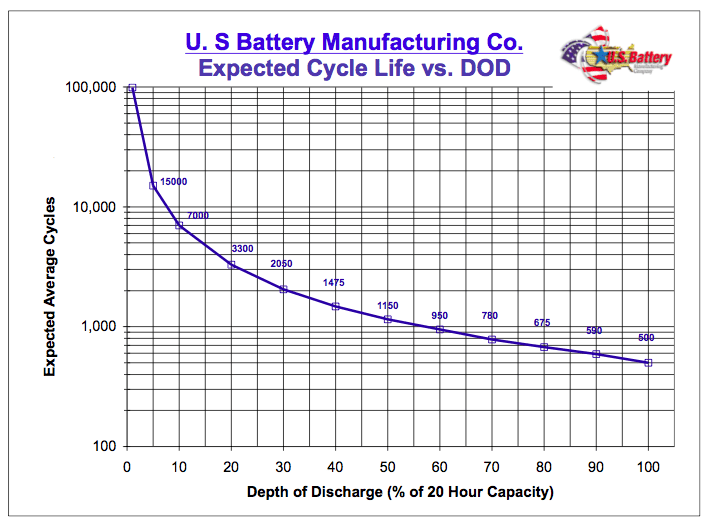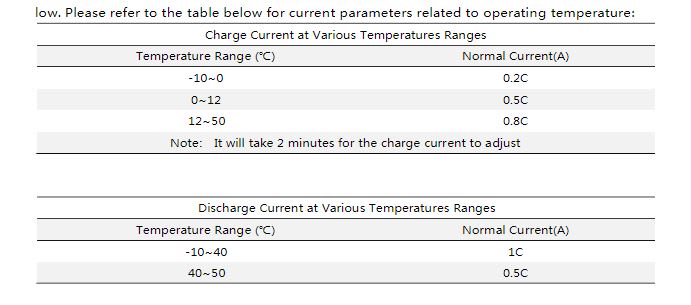Coming in with no context w.r.t. to the blog, but the results didn't necessarily ring alarm bells in some sense
> The blogger was apparently expecting much better capacity degradation performance than actually measured -- I don't know whether that expectation was necessarily justified -- many of the batteries seemingly were on track to meet the specified end-of-life (EOL) capacity of 60%
> Given the nature of the accelerated testing and whether such conditions didn't cause excessive degradation, the capacity results weren't necessarily alarming
> Note that accelerated life typically requires lots of units tested just to figure out what the acceleration factor is in the first place
> I would separate the "failures" from the capacity question in an engineering discussion -- one major issue is that a 10-yr lifetime requires roughly a mean time between failure of 95 years to achieve a 90% reliability
> That's not necessarily unachievable, but given the accelerated life conditions, it's not clear to me whether those conditions were excessively harsh. We've (the royal one) obviously have achieved reliabilities on that order in satellites and other hardware
> Note that acceleration factors for battery might result in a different acceleration factor for the electronics, etc., so one has to be very precise about what the true results were and how to interpret them
> The bigger issue was that some of these companies were too small to necessarily have done all the engineering and design to make everything work
> Accelerated life testing is where we find out whether our design assumptions were correct and to fix them if they weren't -- unfortunately, if the company goes belly up, then the lesson is never learned and no corrective actions will have taken place
TTFN (ta ta for now)
I can do absolutely anything. I'm an expert!
faq731-376 forum1529 Entire Forum list


